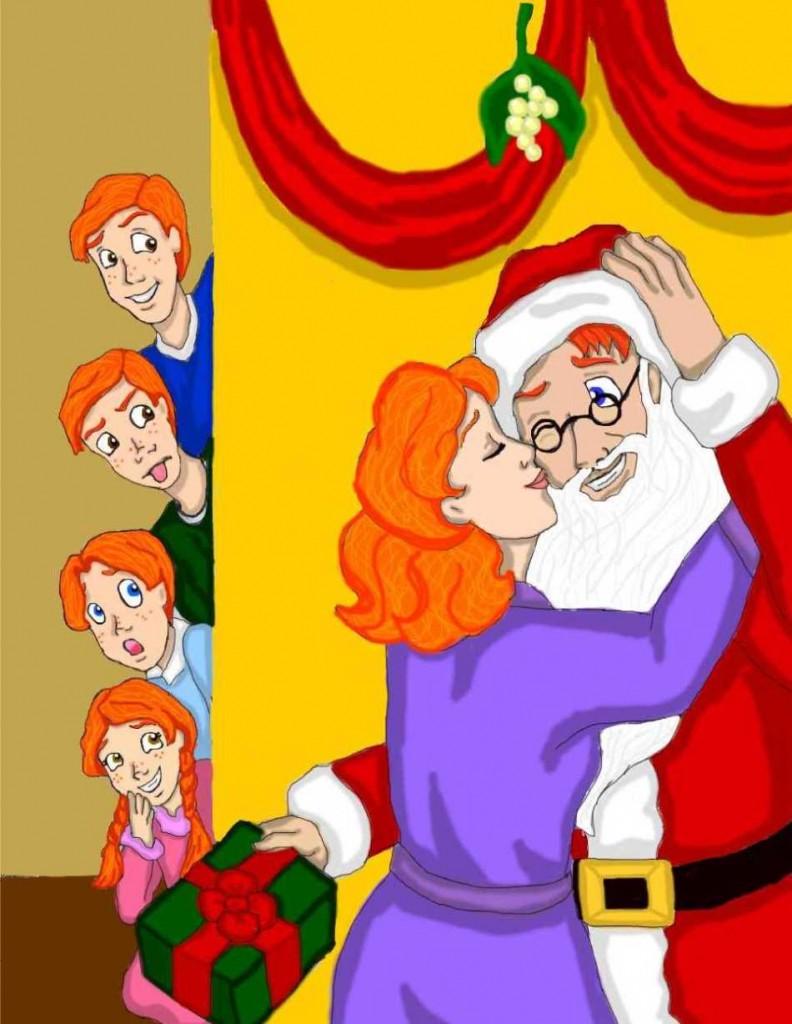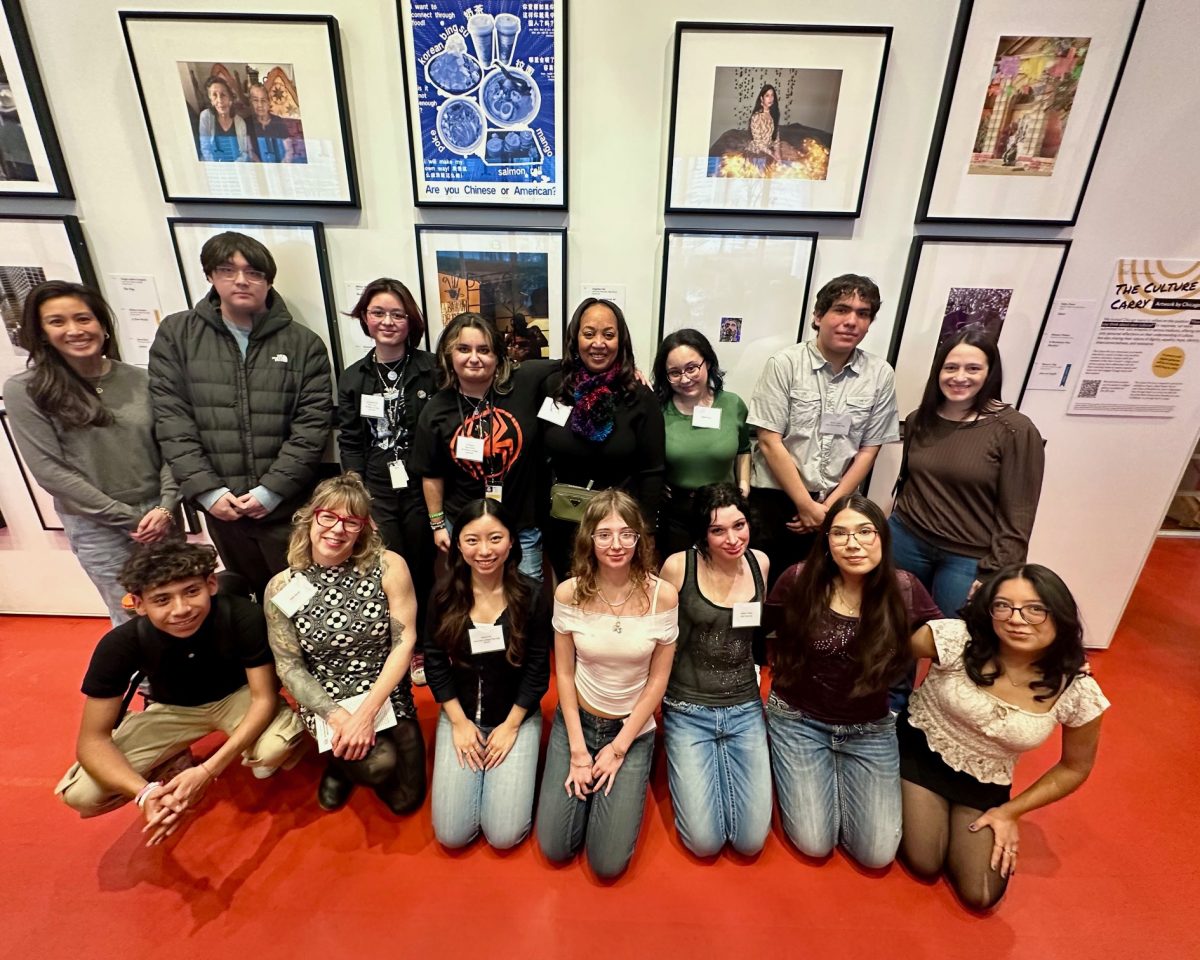By Dirce Toca
He’s a jolly good fellow, with a red suit and long white beard. If you were naughty this past year, he might have brought you a lump of coal. If you listened to your parents, nice. Your stocking was filled with presents. Ho-ho-ho. Merry Christmas.
But did you receive presents from Santa Claus or St. Nicholas? Who is the man in red? Here’s how the story goes.
According to Yahoo! News, Saint Nicholas was the early Christian Saint who is the historical ancestor of Santa Claus. He was a bishop and was known for his generosity and love for children. Due to the Dutch’s pronunciation, he came to be known as “Sinter Klaas.” The term was carried by immigrants coming to America The name “Santa Claus” became his alter ego.
In 1823, Clement Clarke Moore wrote a poem called “A Visit from St. Nicholas” which portrayed the Saint as a “jolly old elf”. Forty years later, cartoonist Thomas Nast defined Santa Claus’s image by drawing him as a jolly old man with a white beard and red suit.
Santa Claus became associated with the Christmas holiday, giving children the idea that he only left presents under the tree if they went to bed early. But at one point or another, all these children stopped believing.
David Ulloa, Div. 459 was only six years old when he found out that the man behind that red suit was none other than his dad. That year, Ulloa had received a fish that sang Don’t worry, be happy. It was only a few hours after that Ulloa set his toy down and Santa, a.k.a. Dad, accidentally stepped on it and broke it.
“I was so angry I started to cry and began hitting Santa. Then I pulled his beard and saw it was my dad. I cried even more,” Ulloa said.
Another mishap with dad dressing up as Santa happened to Kassey Trahanas, Div. 265. Each year, Santa would visit and let the kids sit on his lap. However, Trahanas began to notice that every time Santa came, her dad would not be around. Her curiosity led her to follow Santa to the basement door from which he exited, but when she tried opening it, the door was locked.
“I waited when suddenly my dad come out of the door and asked if Santa was just here. But at the same time I’m thinking, ‘he just came in the house, how did you not see him,’ so I started crying,” Trahanas said. “My mom tried to calm me down but finally said that this was part of growing up and to not tell my brother.”
But what if your brother tells you instead?
Natalie Herrera, Div. 469, was eight years old when her older brother burst her Santa bubble. Every year, the Herrera family spends Christmas together and wait until midnight to open presents. To kill time, Herrera’s brother who was 13 at the time, asked her to play monopoly with him.
“I told him I’d rather play with my Bratz Dolls. But he kept begging and begging and I kept telling him no,” Herrera said. “He got really mad and yelled saying ‘Well you want to know something? Santa is not even real. It’s mom who wraps your gifts for you!’”
With a lump in her throat and holding back tears, Herrera went to ask her mom if what her brother had told her was true. Without hesitation, Herrera’s mom confirmed the sad news.
Even though some older siblings might have ruined innocent childhood beliefs, others actually play an important role in helping parents play Santa.
For example, Mikey Heath, Div. 253, found out Santa was not real when he accidentally overheard his mom and his sister discussing the Christmas presents they had yet to buy.
Heath’s older sister already knew that Santa was not real, so she played spy, making it easier for the parents to find out what presents from “Santa” were to be put under the tree.
“Since I had heard them talking, I walked in the room and asked ‘Wait, so you and dad are Santa?’” Heath said. “My mom didn’t know how to react, so she started crying.”
Till this day, Heath’s mom refuses to admit that Santa Claus is not real.
“She will never say those words,” Heath said.





